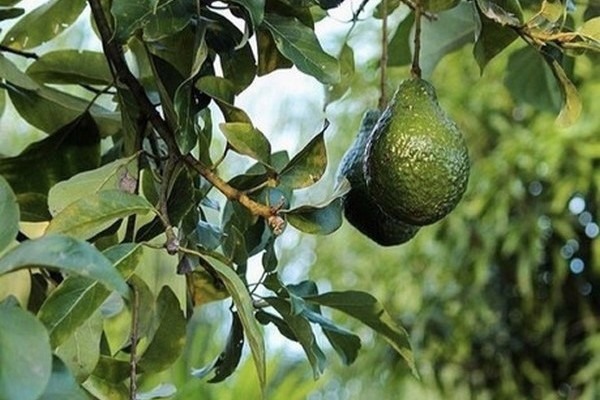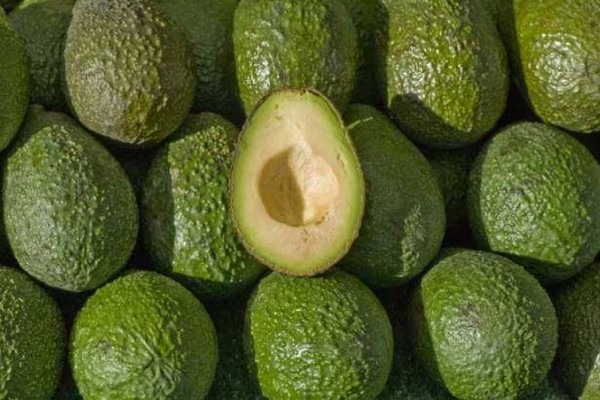Pricing is likely to stay high on avocados in the near future. Mexico, which is shipping mainly out of Michoacan, normally accounts for about 90 percent of the available avocado supply in the U.S. at this time of year (and 80-85 percent throughout the year). However, right now, it's down to only about 75 percent of the availability.
Why is this? It's been a struggle all season to accelerate supply flow as the crop in Mexico has faced extreme springtime heat followed by a wetter and longer rainy season. That said, David Billings of Stonehill Produce Inc. says the reduced early phase of the crop and slow-to-develop later phases have required the industry to coax producers to harvest earlier than they usually would, as well as maximize alternative sources, which, over the last few months, have provided only minimal assistance.
"It's been a white knuckler since the first of the year," says Billings. Coming out of the holidays, the inability to build inventory left the trade with a deep hole to fill just as the annual run-up to the Super Bowl was about to begin.
Meanwhile, avocado prices were already high because from the start, producers harvesting early with a month or more of growth left on their crop could command compensatory value for their loss of pay load. The urgency and volume of the big game draw made matters worse. "More early-maturity fruit was cut and priced to offset forgone opportunity and in such volume that it set the crop on track to lag demand in terms of development for the rest of the season," says Billings.
 © Stonehill Produce
© Stonehill Produce
He adds that a simple way to gauge crop maturity is through inbound dry matter readings. Currently, the crop is posting dry matter in the high 20s. In previous years by this time, dry matter is normally in the low-to-mid 30s, though this can occur much earlier depending on the size of the first phase (Loca) of the crop. "A large Loca allows fuller development and oil build-up in later phases that we have yet to see this season," he says.
Updating crop estimates
For this reason, following harvesting the crop before it gains additional weight means the industry has adjusted the crop estimate three times already. "With demand for Mexican fruit outpacing development, the cycle of paying a premium for forgone weight gain is likely to continue," says Billings.
What could change things and take some pressure off Mexico could be the impact of the California crop, which is a well-sized one this year. "However, a lot of the California growers are going in a lot earlier and picking heavier than they normally would. Again, they're picking fruit that hasn't yet sized up and, in effect, reducing the crop size by doing that," says Billings. That said, even with crop adjustments from both regions, there's still enough fruit to supply the normal demand.
 © Stonehill Produce
© Stonehill Produce
Other shipping regions
Peru is also expected to come in with fruit this year earlier–likely next month rather than its historical start of May or June. Colombia is also expected to start shipping fruit in May. "It's been difficult with Mexico, and to get around that, I think a lot more customers will gravitate toward California to the extent they can and to Peru and Colombia," says Billings.
The challenge, though, will be working with Mexico, which dominates the marketplace. "It's probably going to come down to how much the U.S. market is willing to spend on Mexican fruit. That's what we're looking at for the next quarter," says Billings. Also, as early as this week, there is the potential 25 percent tariff on product from Mexico coming into the U.S.--those tariffs are on pause until April 2.
 For more information:
For more information:
David Billings
Stonehill Produce Inc.
Tel: +1 (949) 488-9613
billings@stonehillproduce.com
www.stonehillproduce.com
